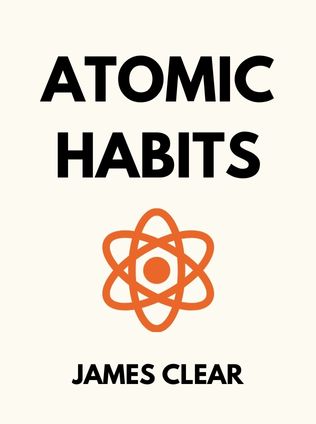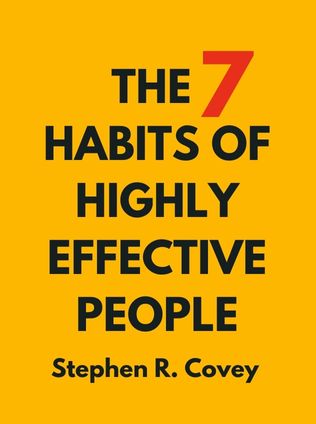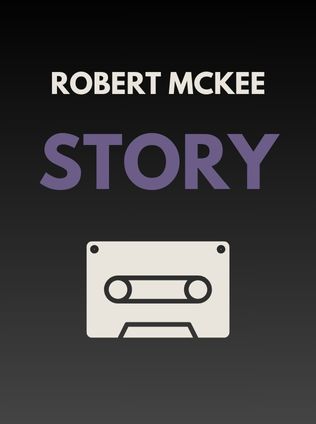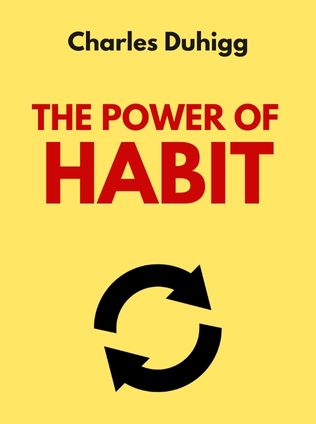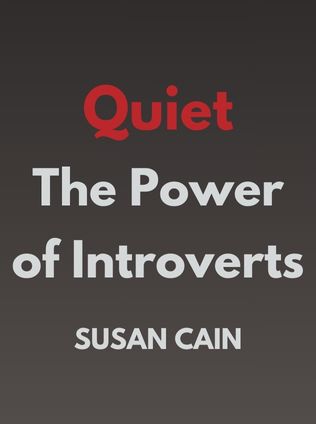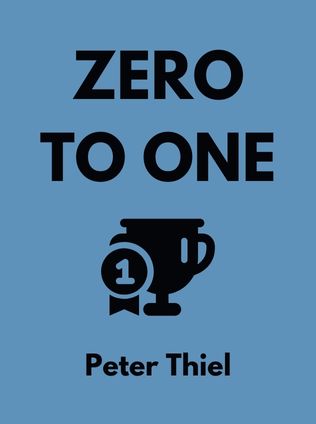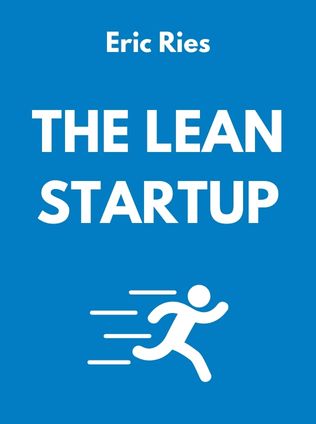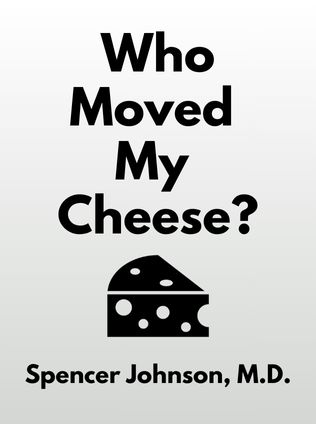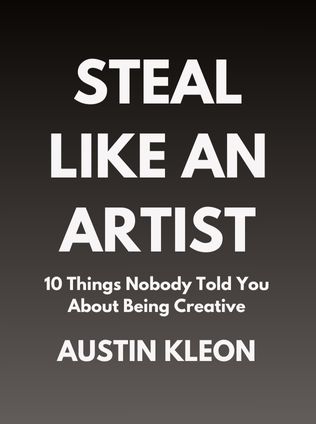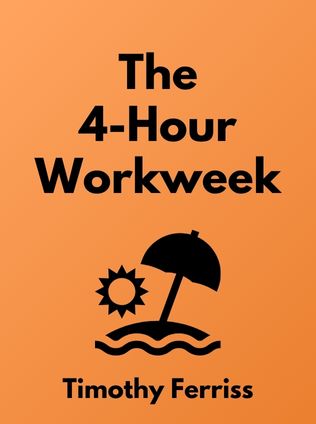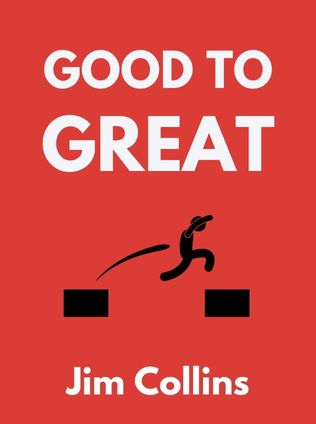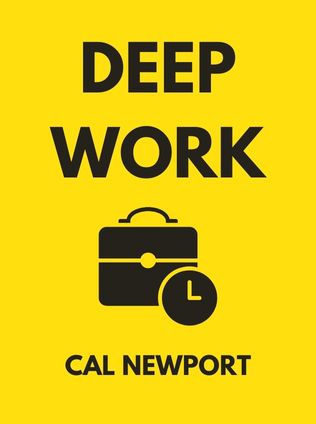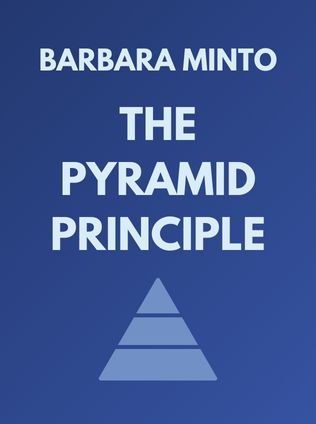
The Pyramid Principle
Logic in Writing and Thinking
By Barbara Minto
Published 02/2020
About the Author
Barbara Minto, the author of "The Pyramid Principle," is a distinguished figure in the world of business communication and writing. With a rich background in management consulting at McKinsey & Company, Minto identified a recurring issue that many professionals face: the inability to communicate complex ideas in a clear and structured manner. Her experience at McKinsey, where she worked with some of the brightest minds in business, highlighted a critical gap in how information was presented. Despite the brilliance of the ideas, the lack of clarity in written communication often resulted in misunderstandings and inefficiencies.
This realization led Minto to develop the Pyramid Principle, a systematic approach to writing that emphasizes clarity and logical organization. Her method has since become a cornerstone in the world of professional writing, used by consultants, business leaders, and academics alike. Minto's work extends beyond just a writing technique; it represents a shift in how we approach communication, advocating for a reader-centric approach that prioritizes understanding and retention. Her influence is far-reaching, with the Pyramid Principle being taught in business schools and corporate training programs around the world.
Main Idea
At the heart of "The Pyramid Principle" lies the concept of structuring information in a hierarchical, pyramid-like format. Minto argues that effective communication begins with the conclusion, followed by supporting arguments and evidence arranged in descending order of importance. This structure is designed to align with how the human brain processes information, making it easier for readers to grasp the main idea quickly and follow the logic of the argument.
The Pyramid Principle is a departure from traditional writing methods that often build up to a conclusion. Instead, it advocates for a "top-down" approach, where the key message is presented upfront, and the subsequent content serves to reinforce and elaborate on this message. This approach not only enhances clarity but also improves the reader's ability to remember and act on the information presented. Minto's method is particularly effective in business settings, where decision-makers need to understand complex information quickly and accurately.
Table of Contents
- Introduction to the Pyramid Principle
- Why Unclear Writing is a Problem
- The Pyramid Structure: An Overview
- Applying the Pyramid Principle
- Writing with the Pyramid Principle
- Advanced Techniques for Pyramid Writing
- Conclusion
- The Pyramid Principle in Practice
Introduction to the Pyramid Principle
The Pyramid Principle is based on the observation that the human mind naturally organizes information into hierarchical structures. Barbara Minto noticed that readers often form conclusions as they read, synthesizing information into a cohesive understanding. However, when writing does not align with this cognitive process, it can lead to confusion and misunderstanding. The Pyramid Principle addresses this issue by encouraging writers to place their conclusions at the beginning of their text, followed by supporting details. This approach ensures that the reader immediately understands the main point, making it easier to follow the subsequent arguments and evidence.
Minto's approach is not just about presenting information; it is about doing so in a way that respects the reader's time and cognitive effort. By front-loading the most critical information, the writer provides the reader with a clear roadmap of what to expect. This method is particularly useful in business and professional writing, where the ability to communicate complex ideas quickly and effectively can be a significant advantage. The Pyramid Principle, therefore, is not merely a writing technique but a philosophy of communication that prioritizes clarity, logic, and reader engagement.
Why Unclear Writing is a Problem
Unclear writing is more than just an inconvenience; it is a significant barrier to effective communication. In today's fast-paced world, readers often do not have the time or patience to decipher poorly organized text. When readers are forced to work hard to understand the main point of a document, they are likely to become frustrated, disengaged, or even misinterpret the message entirely. According to Minto, this problem is exacerbated by the traditional writing process, where writers often develop their thoughts as they write, leading to a "conclusions-last" structure. This method, while common, is inefficient and can result in a disjointed, confusing narrative.
Sign up for FREE and get access to 1,400+ books summaries.
You May Also Like
How To Win Friends and Influence People
The All-Time Classic Manual Of People Skills
By Dale CarnegieQuiet: The Power of Introverts
The Power of Introverts in a World That Can't Stop Talking
By Susan CainThe Life-Changing Magic of Tidying Up
The Japanese Art of Decluttering and Organizing
By Marie KondoThe Lean Startup
How Today's Entrepreneurs Use Continuous Innovation to Create Radically Successful Businesses
By Eric RiesWho Moved My Cheese?
An Amazing Way to Deal with Change in Your Work and in Your Life
By Spencer Johnson, M.D.
